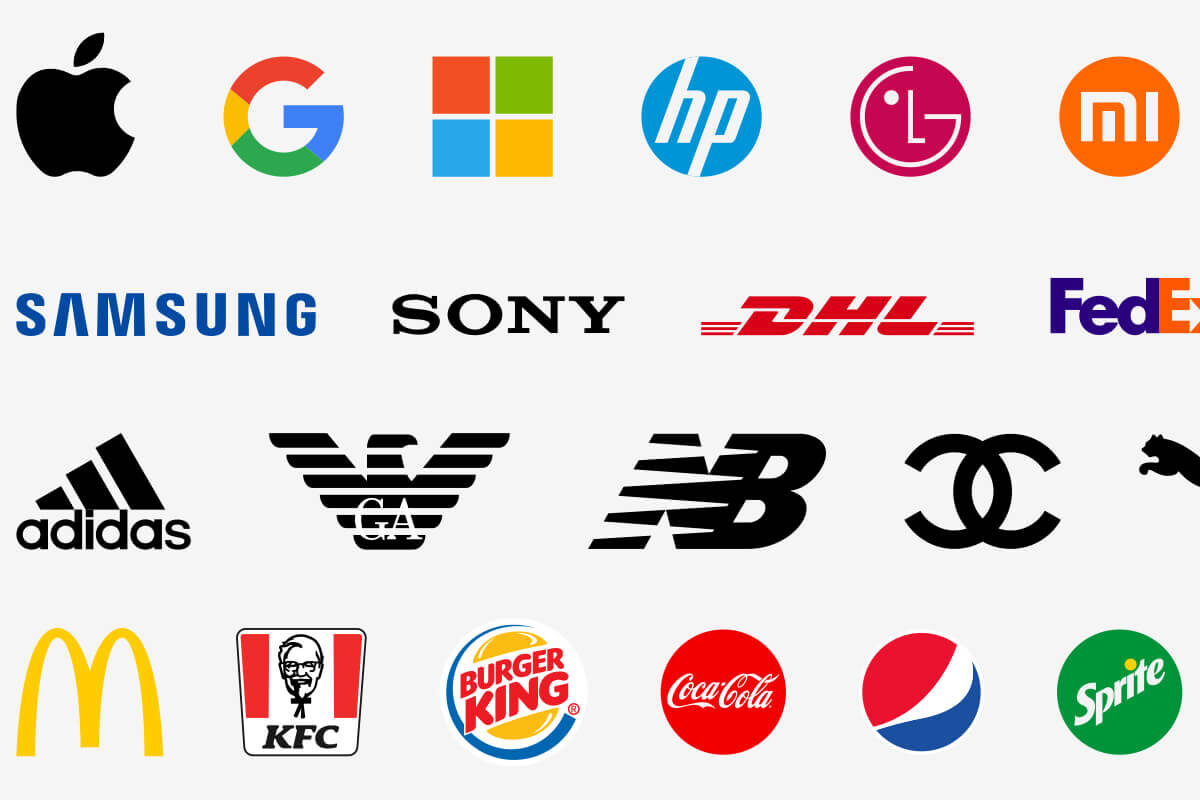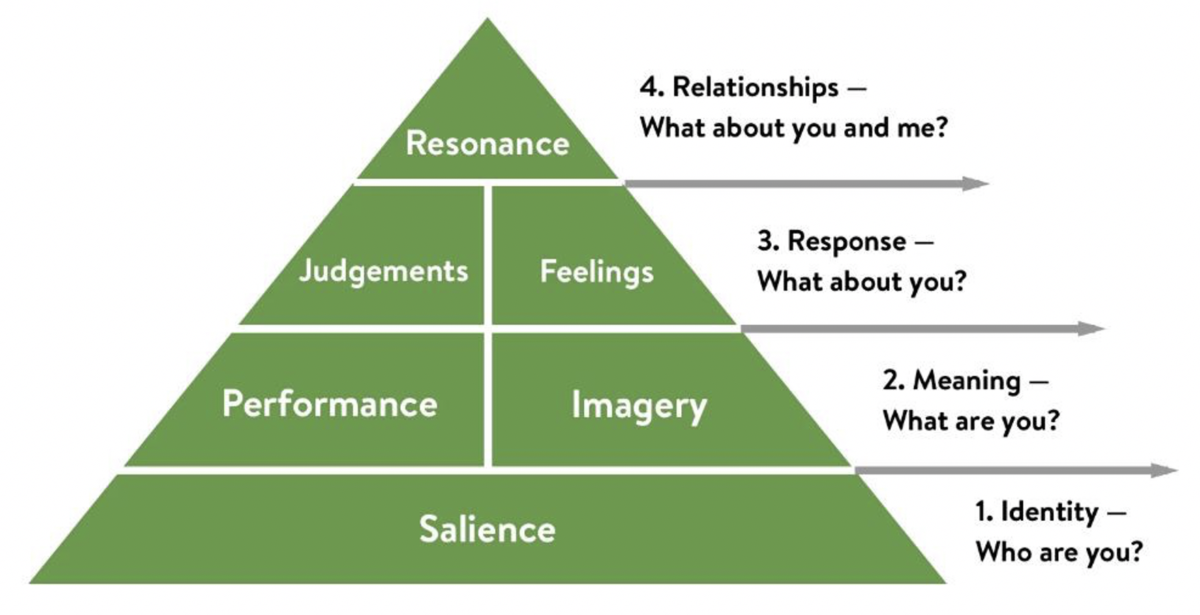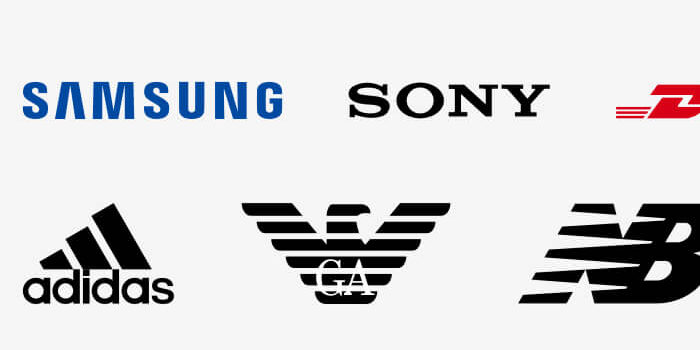Collective: What is Brand Equity anyway?

It’s the reason you’ll pay double for a product as opposed to its identical yet generic equivalent. Take GlaxoSmithKline’s “Panadol” versus Coles “Paracetamol” as an example.

What exactly are you paying double for? Four things: Image, meaning, feeling and resonance.
And those are the exact features renowned marketing professor Kevin Lane Keller used to develop his brand equity model, also known as the Customer-Based Brand Equity (CBBE) Model.
Truth be told, Brand Equity is more of a concept than anything else and acts as a framework for understanding the power of consumer’s emotions in relation to your positioning.
In the wise words of Forbes, “developing a strong and dynamic brand creates a solid foundation for your company, but the success of that brand over the long term depends on your brand equity.” And we agree.
Going back to Keller’s model, if you’re a company focused on building more equity, you’ll need to work through four key levels, each containing vital building blocks and areas of focus. Be warned, there is no quick journey through the model. Each level and building block will force you to take the necessary steps in transforming, optimising strengthening your company and its services for the customer’s benefit. If you think of any successful global brand (Nike, eBay, Apple, Dominos, AirBnB, Dyson), there were no shortcuts on their journey to world domination. Looking at the model, It is easy to see how they tick each and every box.

So, what does it all mean, and how can you apply Keller’s Brand Equity model when undertaking the brand development process?
1. Brand Identity: Who are you? Identifying the correct brand image is essential as if you get this piece wrong, the entire pyramid is compromised. Once you have determined who you are, the first building block to accomplish is Salience (or Brand Awareness). It is the very first step in the complex marketing funnel and a crucial component in buying decision-making. Studies show that the brands consumers recognise most are more likely to be included in their consideration sets when making purchasing decisions. In fact, 75% of shoppers said they are more likely to purchase from a company that knows their name and purchase history.
2. Brand Meaning: What are you? Identify and communicate what your brand stands for and how it meets the needs of customers. Think about “performance” and how that takes form into an “image”.
3. Brand Responses: Do you know how your customers think and feel about you, accurate or otherwise? An excellent way to measure this is by conducting a simple customer survey. Responses ultimately fall into two categories – “judgments” and “feelings”. These are based on the product’s overall performance, their experience and interactions with your company, and the brand “image” (or brand identity).
4. Brand Relationships: Think about how connected customers are with your brand. Resonance is the holy grail of brand equity that you can only reach when customers feel a deep, psychological bond with your brand — emotion over logic (Panadol over Paracetamol). There is a reason why this sits at the very top of the pyramid – it’s the hardest to achieve!
In conclusion, building brand equity is a lengthy process and will take some financial investment. Yet, if the goal is long-term growth and success, there is no cheap shortcut.
Today’s consumers are distracted and spoiled for choice, making the buying journey far more complex than ever before. But, if you have Brand Equity, it doesn’t matter what your competitors are doing or how quickly technology evolves. You will be running your own race.
And who wouldn’t want that?
Sidedoor is a Brand and Communications agency based in Melbourne. For more information on how we can help you develop your brand and build more equity, contact our team today.


